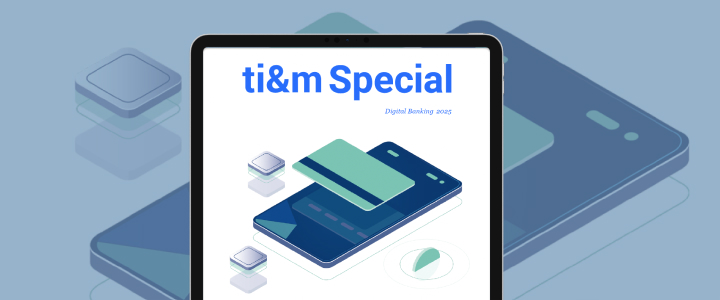At our openings, you will exhibit your new works. What can we look forward to?
For my project “Durchblicken” (“Looking through”), I was inspired by desktops and screens; my painted canvases can be stacked and layered like the windows of a screen. I used screenshots from ti&m employees as a source of inspiration. The scenes I depict are based on home office moments. While making them, I asked myself: Who is looking at whom?
In your project, you relied on the cooperation of ti&m employees. What was your experience of this?
My concept is simple: I asked the employees to send me screenshots of their screens. Several employees responded to this request, but the biggest inspiration was a visit to the Basel office: the sketches I made there served as a template for the different formats I use and for the superimpositions of the works.
“I enjoyed taking the perspective of a webcam and looking at a scene when people are not working or not presenting themselves in the best light.”– Tabea Martin
Did you already have an idea at the start of the project of what the work would look like in the end? Or did the result surprise you?
As I generally work based on gut feeling in my painting, I already thought the result might look completely different from what I had imagined at the beginning. And that’s what happened. Originally, I thought the screenshots of the employees would inspire the scenes I would paint. But for me, it’s important to start from my memories and experiences. So I started to combine these screenshots with my own experiences in the home office. I asked myself a new question: who is looking at whom? I enjoyed taking the perspective of a webcam and looking at a scene when the people were not working or not presenting themselves in the best light. I played around with the scenes, came up with new questions and was really surprised at the end by where it all led me.
How did you actually come up with the concept? Were there any events, people or places that influenced your idea?
I am constantly influenced by the people around me; my pictures are full of memories of places and spaces I have visited. The inspiration for this concept came from my studio neighbor, who placed his canvases on the wall in a somewhat strange stack. After observing this casually for a few days, I came up with the idea of connecting canvases and desktop windows.
“The inspiration for my art@work concept came from my studio neighbor, who placed his canvases on the wall in a somewhat strange stack. After casually observing this for a few days, I came up with the idea of connecting canvases and desktop windows.”– Tabea Martin
What does your typical working day look like when you’re working on a project?
I usually sit in my studio in the morning and think about what I want to do that day. Sometimes it works wonderfully, then I can sketch, think up compositions and paint away. On other days, painting seems very tedious and I lack inspiration; then I concentrate on work that doesn’t require creativity. As I make my own paints and cover the stretcher frames myself, there is always a bit of hard work involved. In addition, I spend part of the week answering emails, organizing exhibitions and applying for project funding. I don’t have fixed working hours, but I try to put in my hours every day, even at the weekend or until after midnight.
Artists want to show the viewer new perspectives on the world through their work. Have you gained a new perspective on IT through art@work?
I have definitely dispelled the preconception that the combination of art and IT always leads to VR installations and AI-generated images. At first, I was skeptical as to whether I would find a personal approach to IT work, which is very important for my painting. But my project made me realize that the interaction between the digital world and the real world can be explored and artistically implemented in many different ways.
“art@work made me realize that the interaction between the digital world and the real world can be explored and artistically implemented in many different ways.”– Tabea Martin
You trained as a theater painter and worked at Theater Basel for several years before studying illustration in Hamburg. Did you always want to become a freelance artist, or did that develop during your “theater days”?
I never actually wanted to become an artist; it just happened. My goal was to find a job where I could paint every day. My training as a theater painter was very fulfilling, but in my day-to-day work, I simply had to implement the stage designers’ wishes and had no influence on the creative process. I had a great desire to tell stories in pictures and explore the world around me. That’s why I wanted to study and have more time for my own painting. During my illustration studies, I mainly focused on free painting, which led to me exhibiting a lot and enabled me to become self-employed.



